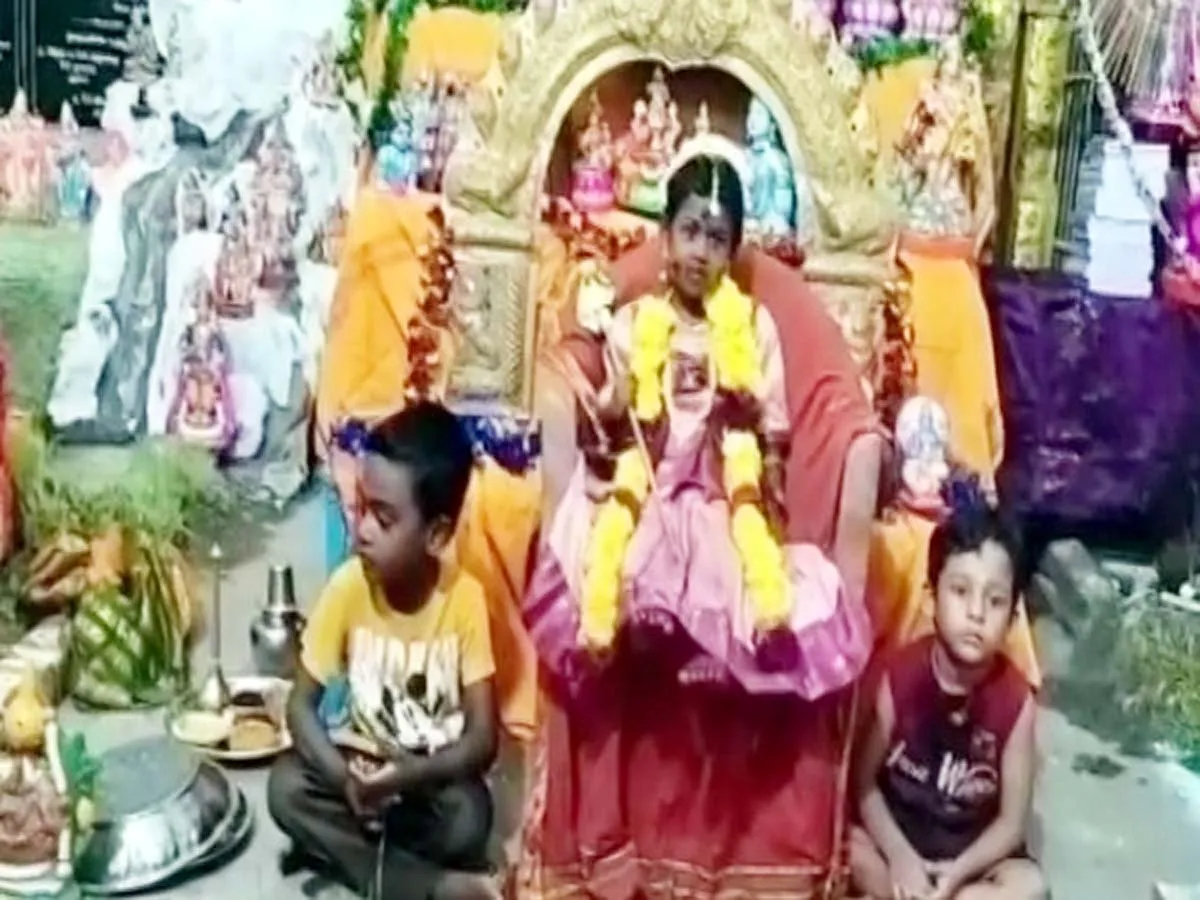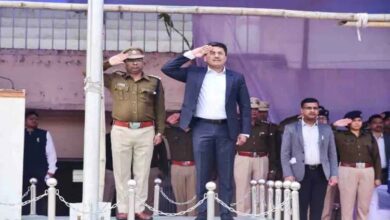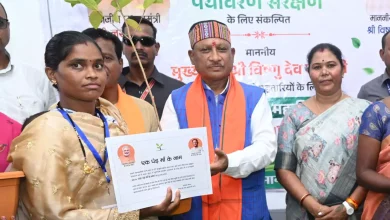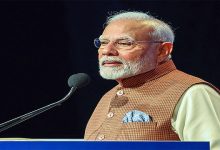Devotees perform ‘Palambikai Puja’ at Muthukumaraswamy temple on Mahanavami

Puducherry (ANI): As the nine-day festival of Shardiya Navratri entered its final day on Monday, devotees across India performed ‘Kanya Puja’ to worship girls as incarnations of Goddess Durga. At Muthukumaraswamy Temple in Puducherry, the tradition of performing ‘Palambikai Puja’ by worshiping children on Navratri was followed. ‘Maha Navami’ is one of the most auspicious days of Navratri festival and marks the victory of Goddess Durga over the demon ‘Mahishasura’.
It is dedicated to Goddess ‘Siddhidatri’, one of the forms of ‘Maa’ Durga. A large number of devotees gathered at Kamakhya Devi Temple in Guwahati, Assam to worship Goddess Durga on the last day of Navratri.
On the occasion of Mahanavami in the national capital, there were queues of devotees in the cave temple located in Preet Vihar. ‘Maha Navami also marks the conclusion of the nine-day festival.
The festival of Navratri honors the defeat of the demon Mahishasura and the victory of good over evil.
The tenth day of Sharad Navratri is celebrated as Dussehra or Vijayadashami.
The Shardiya Navratri festival, which lasts for nine days, is meant to worship Maa Durga and her nine incarnations, known as Navadurgas. Navratri means “nine nights” in Sanskrit. Hindus celebrate a total of four Navratris throughout the year.
Shardiya Navratri is celebrated from Navami to Pratipada of Ashwin Shukla Paksha. Although it is celebrated with great pomp throughout the country, different traditions are more prevalent in different states.
People in Gujarat perform ‘Garba’ on the occasion of Navratri and celebrate the festival with enthusiasm and excitement. Meanwhile, various parts of the country celebrate Ram Leela, a festival in which scenes from Ramayana are also performed during the Navratri festival. The burning of the effigy of King Ravana marks the conclusion of the story of Vijayadashami.
















